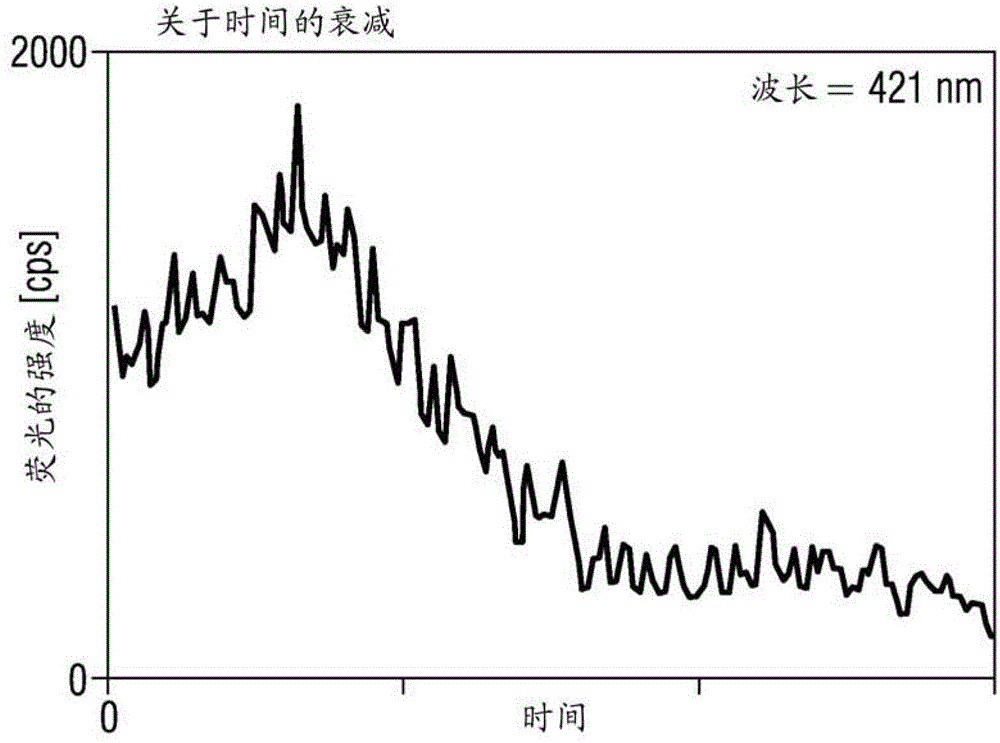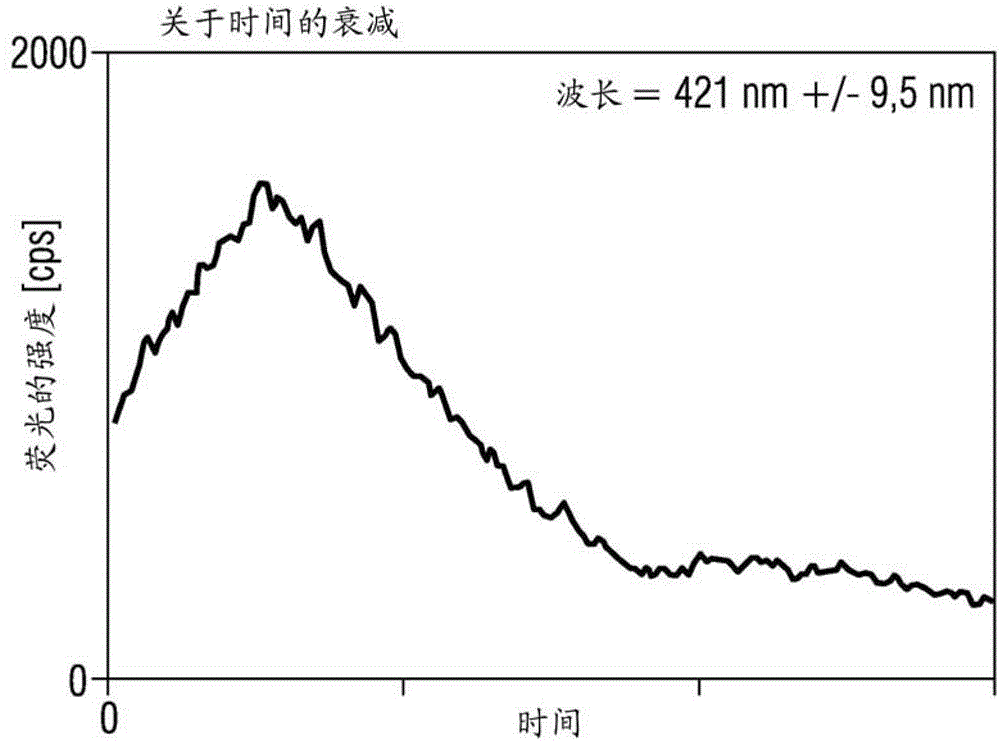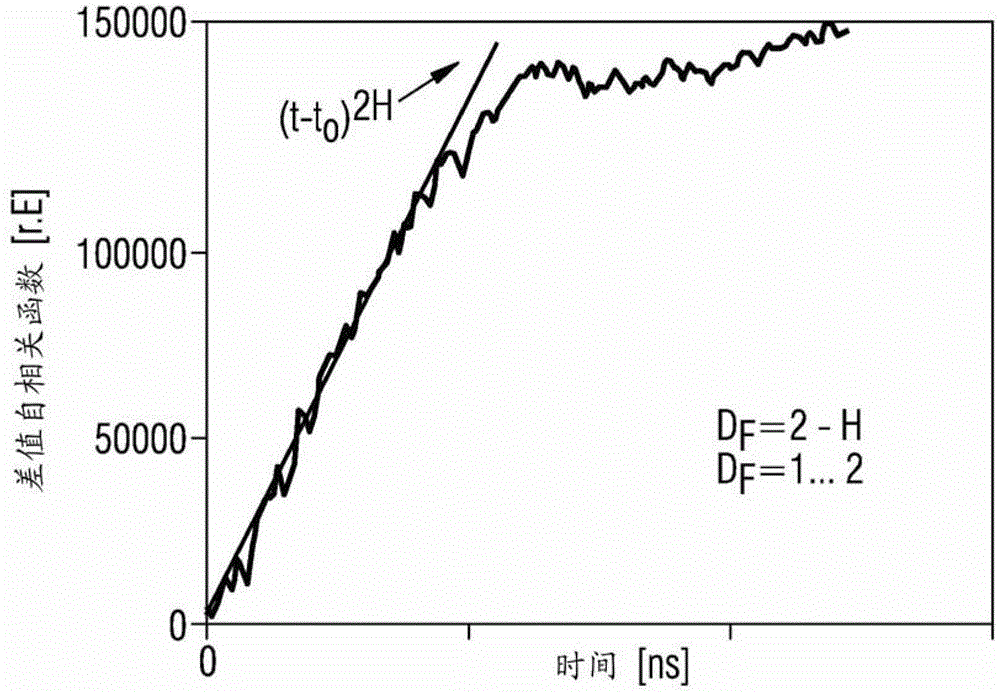Method and device for detecting tumorous tissue in the gastrointestinal tract with the aid of an endocapsule
A technology of inner capsule and gastrointestinal tract, applied in the direction of character and pattern recognition, endoscope, radio detector in the body, etc.
- Summary
- Abstract
- Description
- Claims
- Application Information
AI Technical Summary
Problems solved by technology
Method used
Image
Examples
Embodiment Construction
[0044] according to Figure 1 to Figure 3 The graph for is based on examinations performed in vitro for reasons of simplification and not in vivo for reasons of reproducibility. The cell tissue sample is placed in a tank serving as a cell tissue sample container, and the electromagnetic radiation is directed to a predetermined position of the cell tissue sample by means of an optical fiber. As radiation source a nitrogen laser is used. The wavelength of electromagnetic radiation used for autofluorescence excitation of tissue is 337 nm.
[0045] The harvested cell samples were cooled to a temperature of 15°C in order to delay necrosis and were kept at this temperature at least until the end of the examination.
[0046] After the radiation source is turned off at t 0 At this point, the electromagnetic radiation emitted as a result of the autofluorescence of the cellular tissue is directed on the same optical fiber to a spectrometer with which detection in the wavelength inter...
PUM
| Property | Measurement | Unit |
|---|---|---|
| Wavelength | aaaaa | aaaaa |
Abstract
Description
Claims
Application Information
 Login to View More
Login to View More - R&D
- Intellectual Property
- Life Sciences
- Materials
- Tech Scout
- Unparalleled Data Quality
- Higher Quality Content
- 60% Fewer Hallucinations
Browse by: Latest US Patents, China's latest patents, Technical Efficacy Thesaurus, Application Domain, Technology Topic, Popular Technical Reports.
© 2025 PatSnap. All rights reserved.Legal|Privacy policy|Modern Slavery Act Transparency Statement|Sitemap|About US| Contact US: help@patsnap.com



